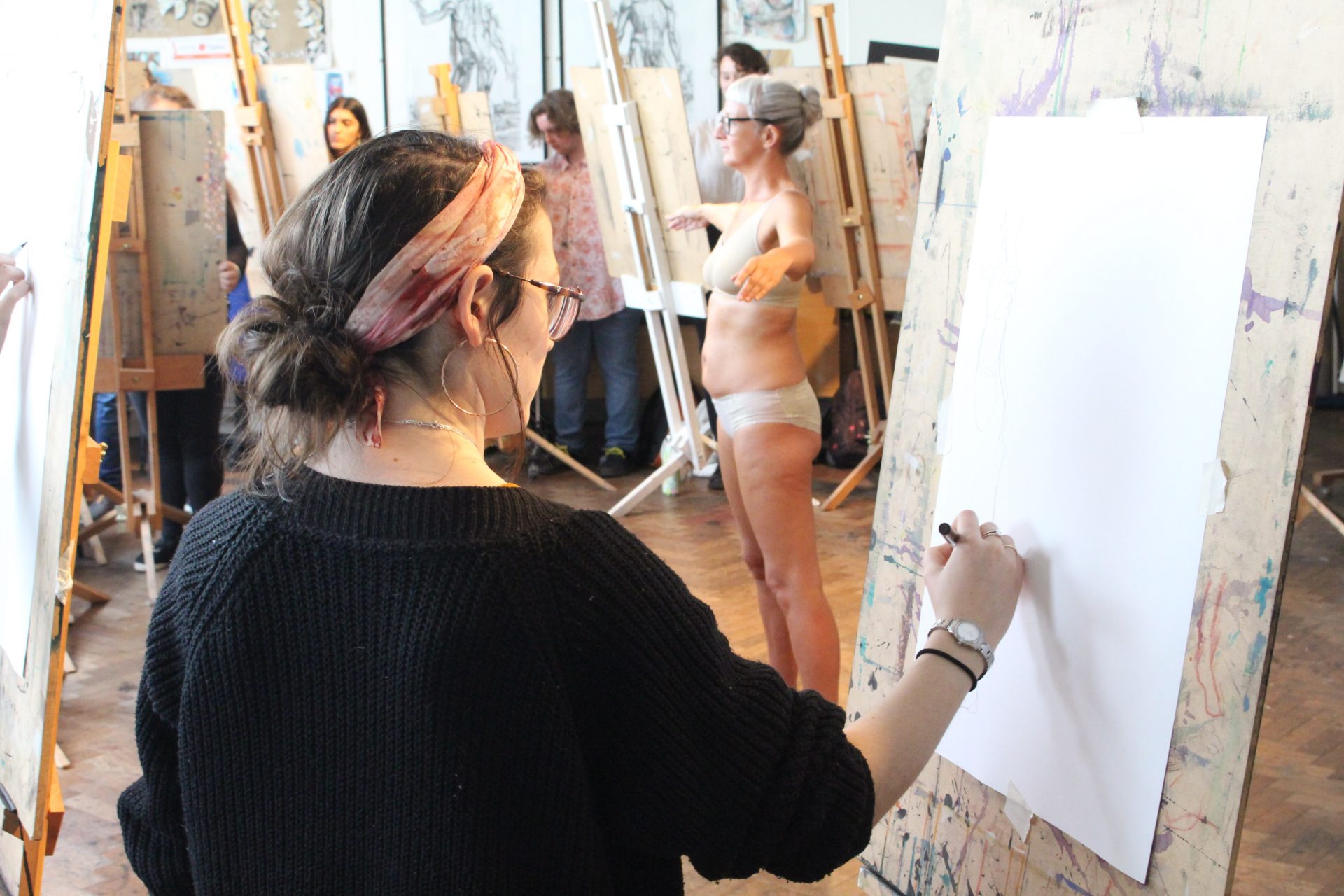Portfolio 2018.
Tim Stokes works as a technical creative and supports a range of diverse projects, working with other artists and designers. He has previously worked as a technician and lecturer across a range of specialist courses for several years at Swansea College of Art, UWTSD. Working on the Foundation Art & Design course for over ten years. Alongside this he has been involved in several creative, community based and cultural heritage projects both locally and international.
Tim begins by introducing the history of animation and the different films that revolutionized the industry. Jason and the Argonauts was the first film that blended live action with stop motion animation, Tim explained that stop animation is what the participants will be experimenting in today. From this however it was Star Wars that revolutionised everything, these special effects sped forward the generation we’re living in now which informs the basis of films like Toy Story. The rapid pace of how animation techniques develop is shown in the fact that even this once ground breaking style, is now out of date. Although it suited the skills of the time, we have come much further and the lines have become blurred into realism. For example the Animators who worked on Jurassic Park, actually built the skeletons of the dinosaurs. Building from skeleton they were able to create the layers of muscle and skin, which allows the creatures to move as they ought.
3D Animation is a lengthy process, however what the students will be looking at today is stop animation. This is still a long process but is much less complex and more doable in their timeframe.
Tim uses the classic anime film “Spirited Away” as an example of what can be achieved using this method. Spirited Away is also interesting because it’s the visuals that inform the story, not the other way around. This is the style participants will be working in today, allowing their drawings to inform their animations.
These animations will be small “gestures” morphing from one stage to another. Tim asks the participants to think of them almost as memes or GIFs, and how we are living in a world that communicates more through images than sentences.
The first task is a quick two-minute self-portrait with charcoal. Tim tells the students to avoid shading and be imaginative and playful. This exercise is followed by an example of how easily recognisable some animated characters are- the students are asked to quickly draw a character without it’s name, and the other students have to see if they recognise what’s been drawn. This is used to illustrate simplicity is key when creating well know characters.
They are then split into groups and their own characters are then painted onto MDF board, the groups then swap boards and add to each others paintings. These characters will form the basis of their “gestures” later in the day.
Students are then introduced to the mac suite, and practice the art of digital drawing. They then create their small digital emojis/gestures in Photoshop. These sequences are only a matter of seconds long, so students are asked to consider little movements and “quality over quantity” The result of the day are some very weird and wonderful animations. These will be looped together and showcased in their final exhibition.









